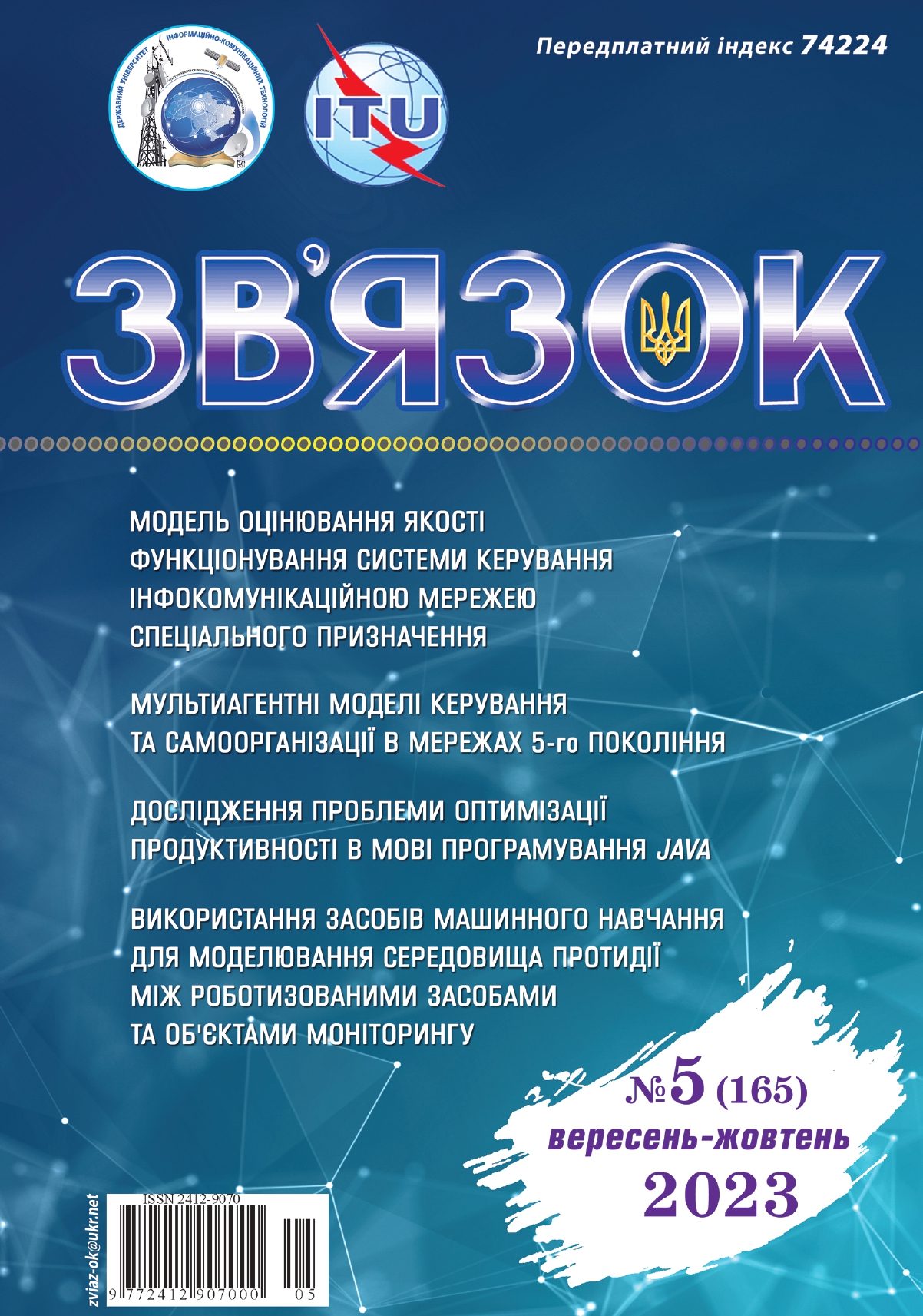Система двофакторної автентифікації користувача корпоративного середовища з використанням QR-коду
DOI: 10.31673/2412-9070.2023.053537
Анотація
У сучасному світі технології розвиваються стрімкими темпами. Дуже складно уявити сферу людського життя, де б не застосовувалися цифрові дані. Зокрема, банківські операції, навчання в дистанційному форматі, оплата комунальних послуг, онлайн-обмін повідомленнями стали для нас звичними речами. Водночас постало питання, як забезпечити надійність і конфіденційність цих даних. Одним із методів була автентифікація під час входу в систему, тобто введення логіна і пароля для ідентифікування користувача. Сьогодні такий метод є ненадійним і доволі вразливим, адже більшість користувачів почали застосовувати одні й ті самі паролі для входу, або просто ігнорують їх надійність і використовують доволі примітивні. Як наслідок таких дій все більше і більше конфіденційних даних користувачів перебувають під загрозою заволодіння несанкціонованими правопорушниками. Ідея розробити систему двофакторної автентифікації за допомогою QR-коду виникла в результаті актуальності цієї проблеми і недосконалості вже наявних програмних продуктів. За основу братиметься генерація унікального коду, котрий буде доступний лише невеликий проміжок часу, якого буде досить, щоб користувач увійшов до системи. Така технологія дасть змогу динамічно змінювати набір цифр, потрібний для автентифікації. У разі, якщо зловмисник заволодіє кодом, то він не зможе ним скористатися, адже код зміниться в системі за доволі швидкий проміжок часу. У статті розглянуто реалізацію алгоритму роботи двофакторної автентифікації за допомогою QR-коду, який має простий вигляд, проте може зберігати великий обсяг даних. Також незалежно від того, скільки інформації містить QR-код, відображення даних відбувається відразу після його зчитання. Це забезпечує підвищений рівень захисту під час входження користувача до системи й унеможливлює несанкціонований доступ до конфіденційних даних із боку кіберзлочинців. Також запропоновано підхід із використанням TOTP (Time-based One-time password), який генеруватиме одноразовий код на основі секретного ключа. Основною особливістю є використання часу як одного з параметрів для створення динамічного шестизначного пароля, потрібного для входу в систему. Також його генерація буде здійснюватися автоматично кожні 30 с, унеможливлюючи його викрадення і несанкціоноване використання.
Ключові слова: QR-код; штрих-код; алгоритм TOTP; динамічна генерація пароля; сканування даних.

